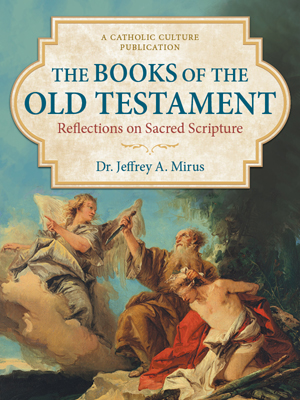Beauraing and Banneux
by Zsolt Aradi
In addition to the apparitions in Fatima in 1917, Catholic Church authorities regard only three events which occurred in the twentieth century as worthy of credence and thus, of authorization as cults. Two of these are closely related to each other. The apparitions in Beauraing and Banneux can be said to be complementary.
The events are very close to us and were vigorously challenged. In the Vallon part of Belgium, in the simple and quiet village of Beauraing lived the Voisin and Degeimbre families. They were not related but they were friends and their children played together. These children were Andree Degeimbre, aged fourteen, her sister Gilberte, aged nine, Fernande Voisin, fifteen and a half, her brother Albert, eleven, and their thirteen-year-old sister, also named Gilberte. All these children were normal; they had had average religious education and were generally involved in various pranks. On the evening of November 29, 1932, the children were walking toward the railway viaduct. Suddenly one of them exclaimed that there was a bright light moving at the viaduct. First, they thought these the lights of an approaching car. Very soon, however, they discovered the figure of a lady and they instantly recognized that this could be nothing less than the Blessed Virgin. Nobody wished to believe what the children related. But the next evening, they came home with the same story. The village laughed at them and their parents at first were angry. The next time the children related with more details that they had seen a lady who was more beautiful than her statues, dressed in pure white, with a crown of golden rays on her head. On December 2nd, the children asked questions of the Lady, who smilingly confirmed that she was the Immaculate Virgin and demanded that they "always be good." As the vision continued, more people came to Beauraing, including police officials, doctors and psychologists. There were thirty-three apparitions in all. On December 29th, the children related, the Blessed Virgin revealed on her breast a heart of gold. The next evening, she asked for more prayers. On January 1, 1933, she reiterated this request and told Fernande: "If you love my Son and love me, then sacrifice yourself for me."
The Belgian bishops at the beginning forbade any processions or cults and started an investigation that was to last ten years, during which serious objections were brought against the children. Finally, in 1943, a decree was issued by the Bishop of Namur authorizing the cult of Our Lady of Beauraing.
Simultaneously with the apparition of Beauraing, in Banneux, another Belgian village, close to Liege, as in other towns and villages of Belgium, people were praying for guidance and enlightenment on events in Beauraing. According to the now officially confirmed reports, on January 16, 1933, Mariette Beco, the twelve-year-old daughter of a very poor Belgian laborer, saw the Holy Virgin in the garden of their house. This child was submitted to tribulations and fears after she told what she saw because her father at that time was an avowed atheist. Many persons thought that Mariette heard so much about Beauraing that her vision had been the result of her fantasy. Relatives, neighbors, and clergy insisted meanwhile that the so-called vision was nothing but a reflection of a statue of Our Lady that the girl had seen in the church. On January 18, 1933, Mariette's father accompanied the child as she ran into the garden, and though he saw nothing, he was overwhelmed in the presence of a power of sanctity so immense that he was instantly converted. During the subsequent apparitions, as related by Mariette Beco, the Lady told her that she was the Virgin of the poor, that she came for all nations, for all the sick, to relieve the ill and the suffering.
Mariette went through the same kind of investigations and tests as had Bernadette Soubirous in Lourdes. There was not the slightest doubt in the minds of ecclesiastical or lay investigators that she had told the truth. The cult of Our Lady of Banneux, Our Lady of the Poor, was authorized with the approval of the Holy See in 1942. The Bishops of Belgium renewed their approbation in 1947.
This item 3195 digitally provided courtesy of CatholicCulture.org







